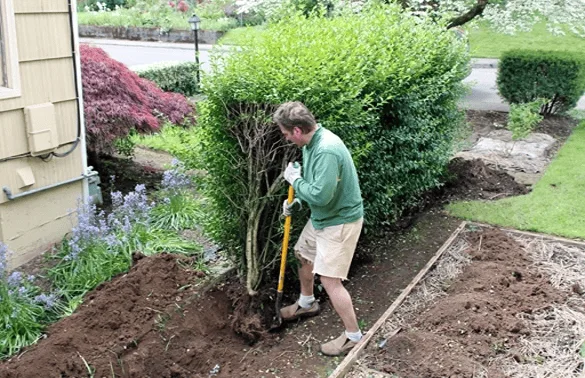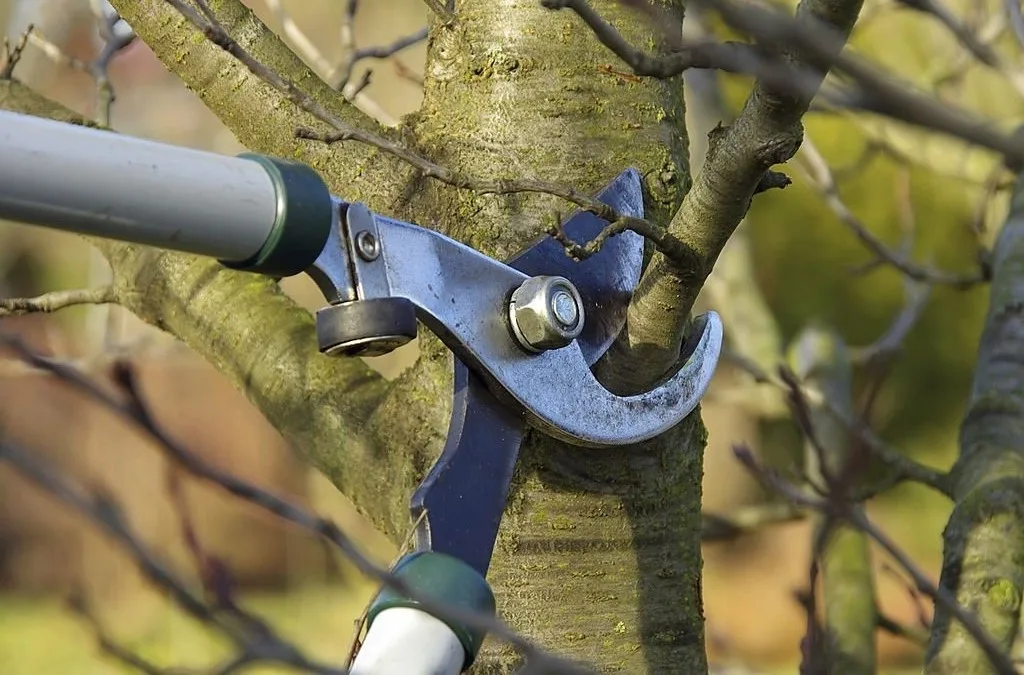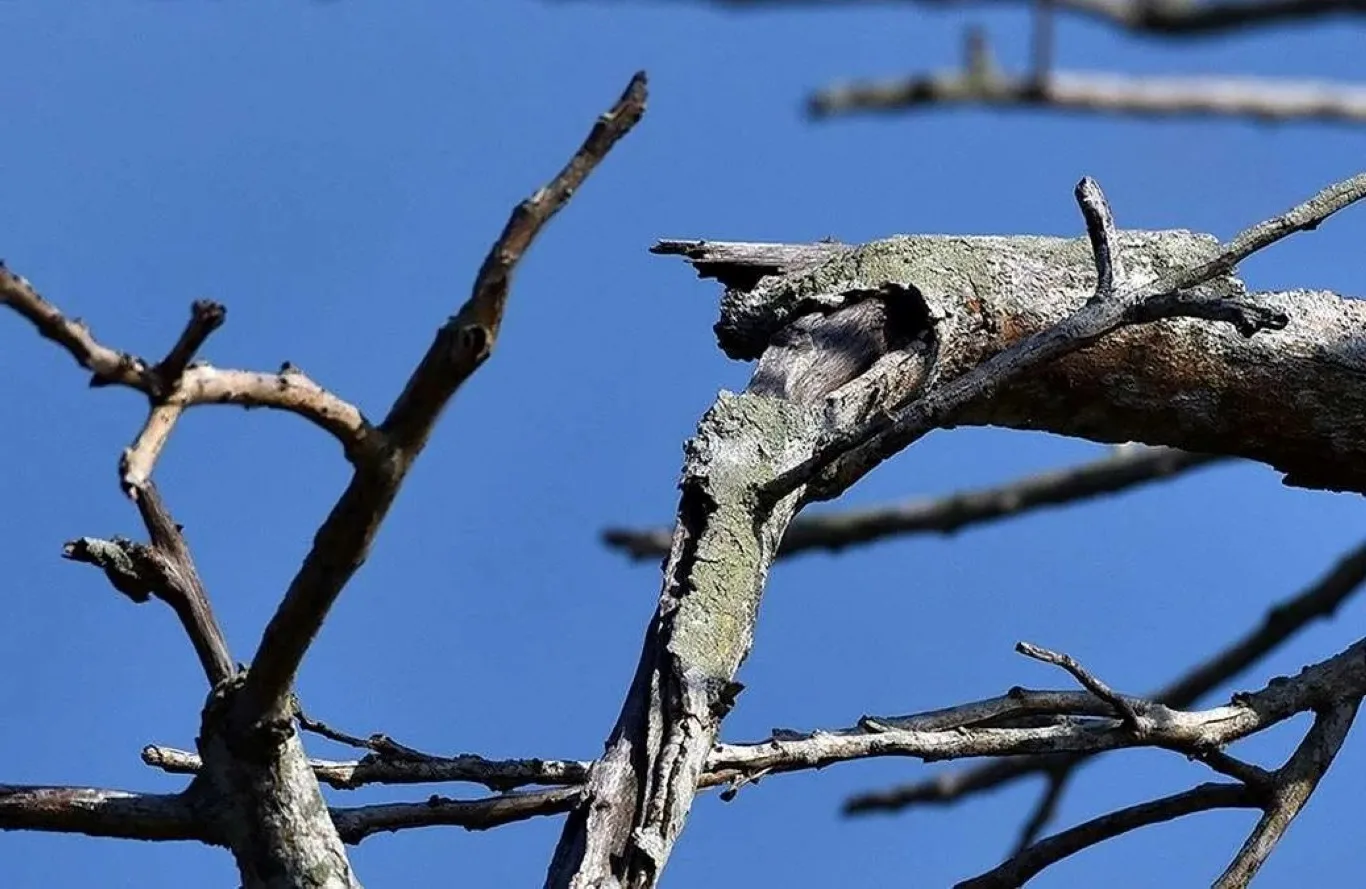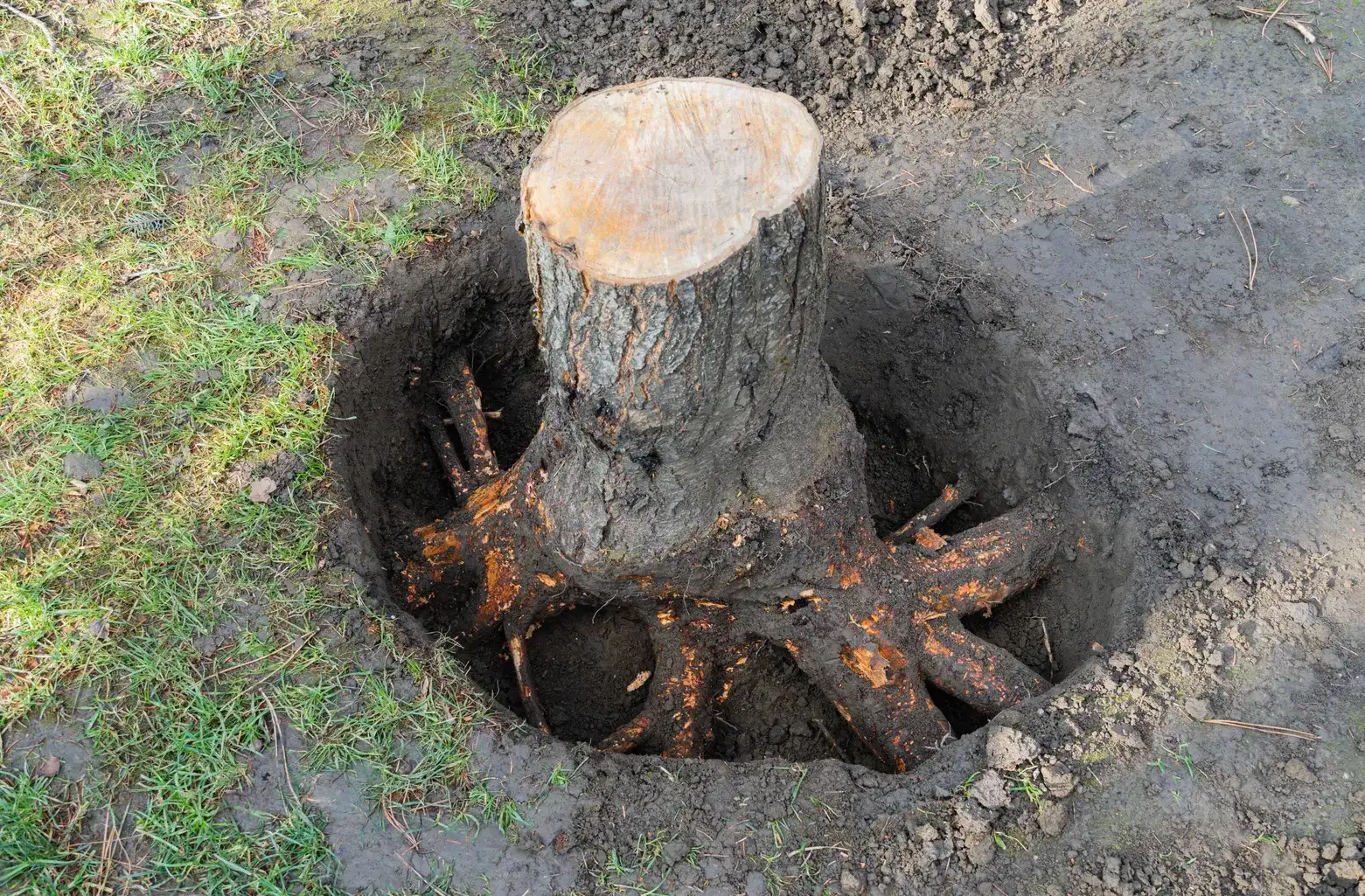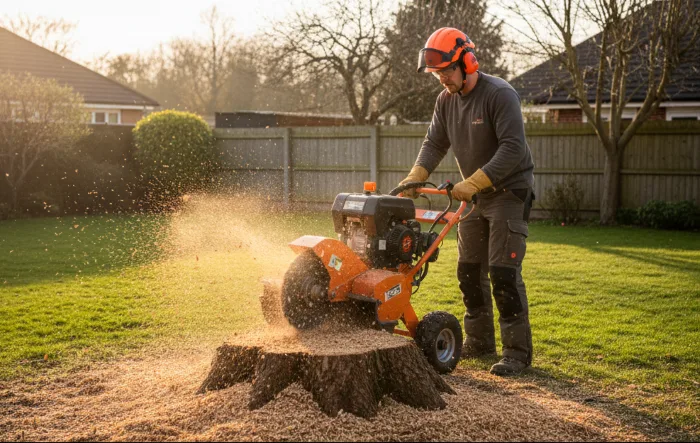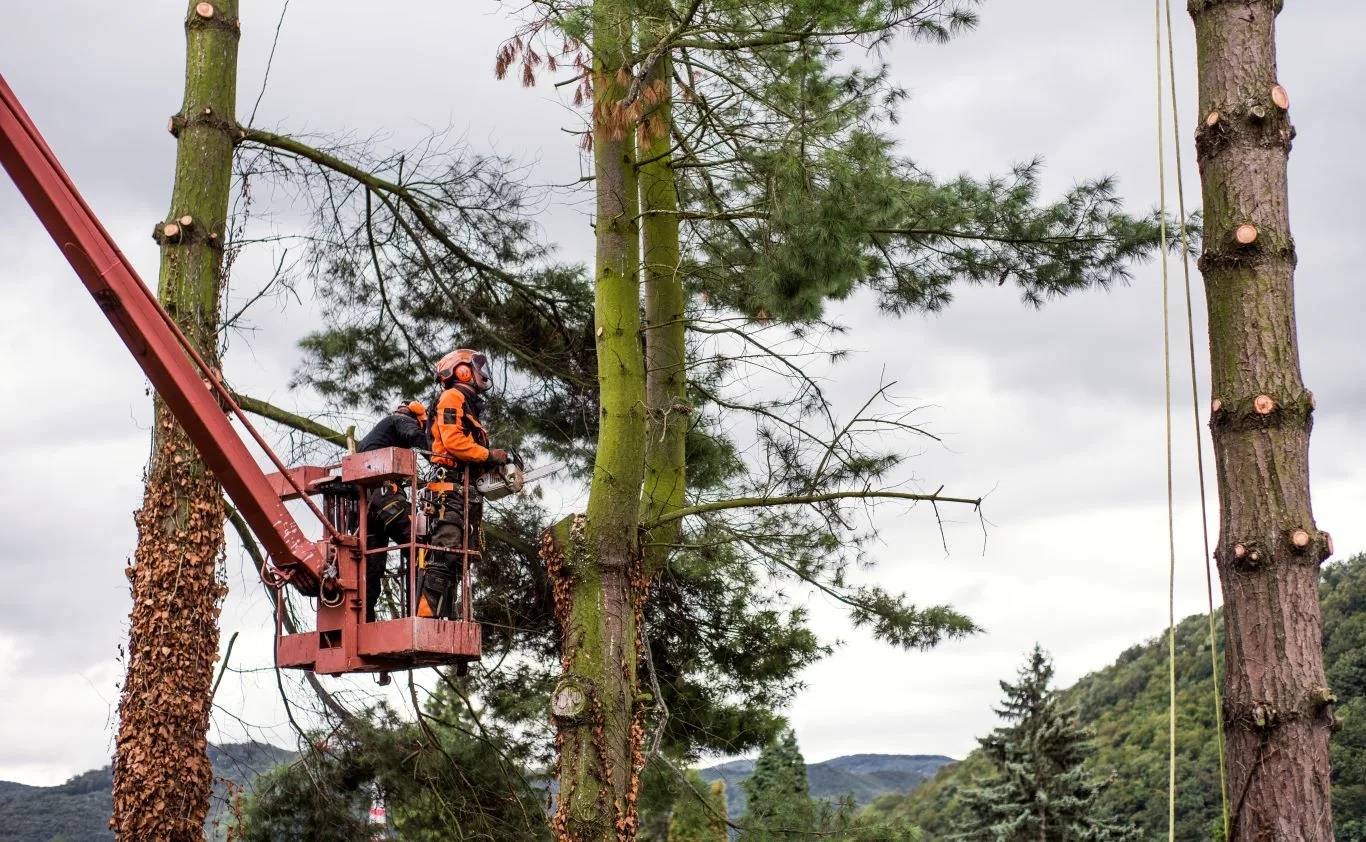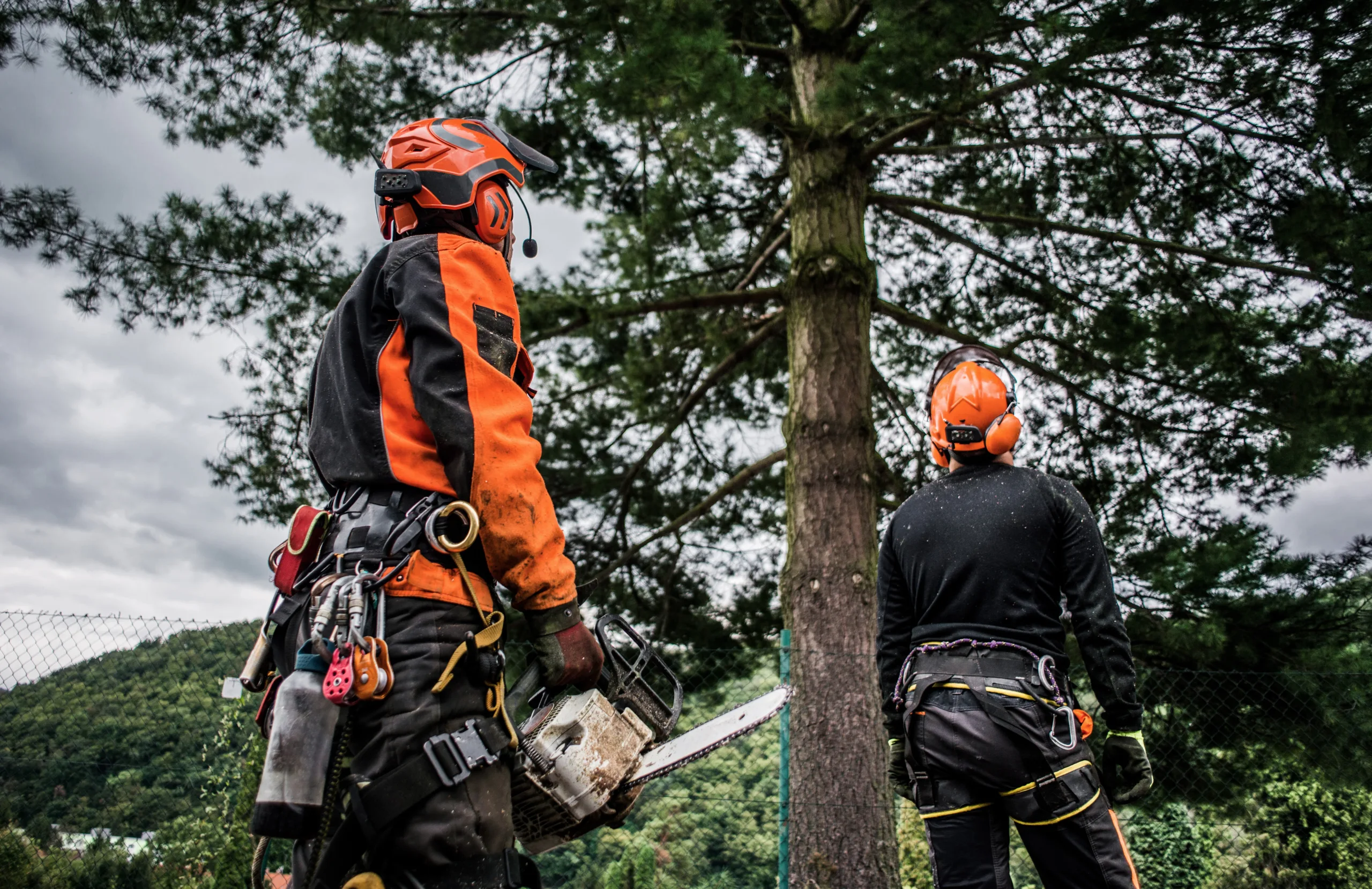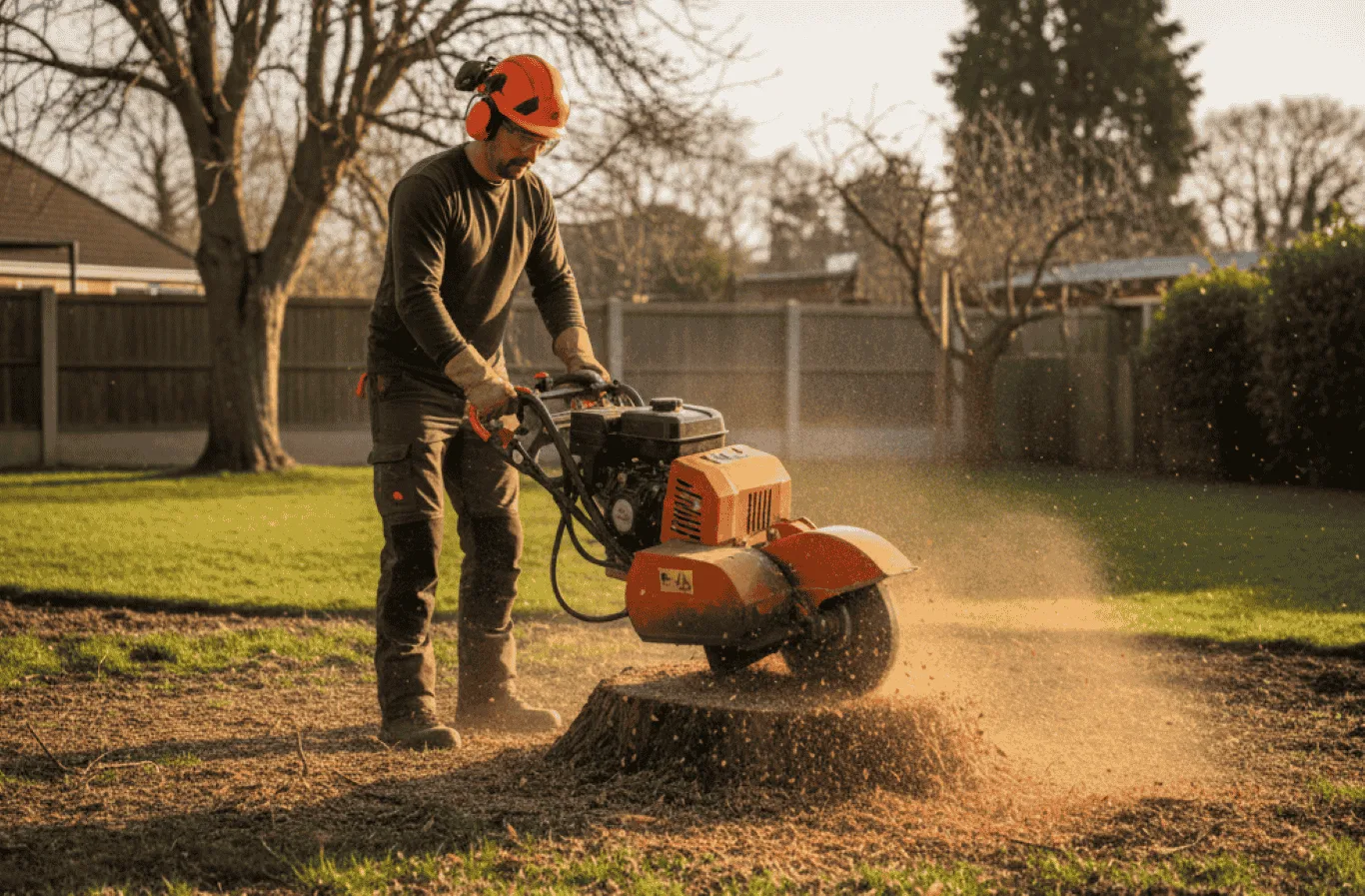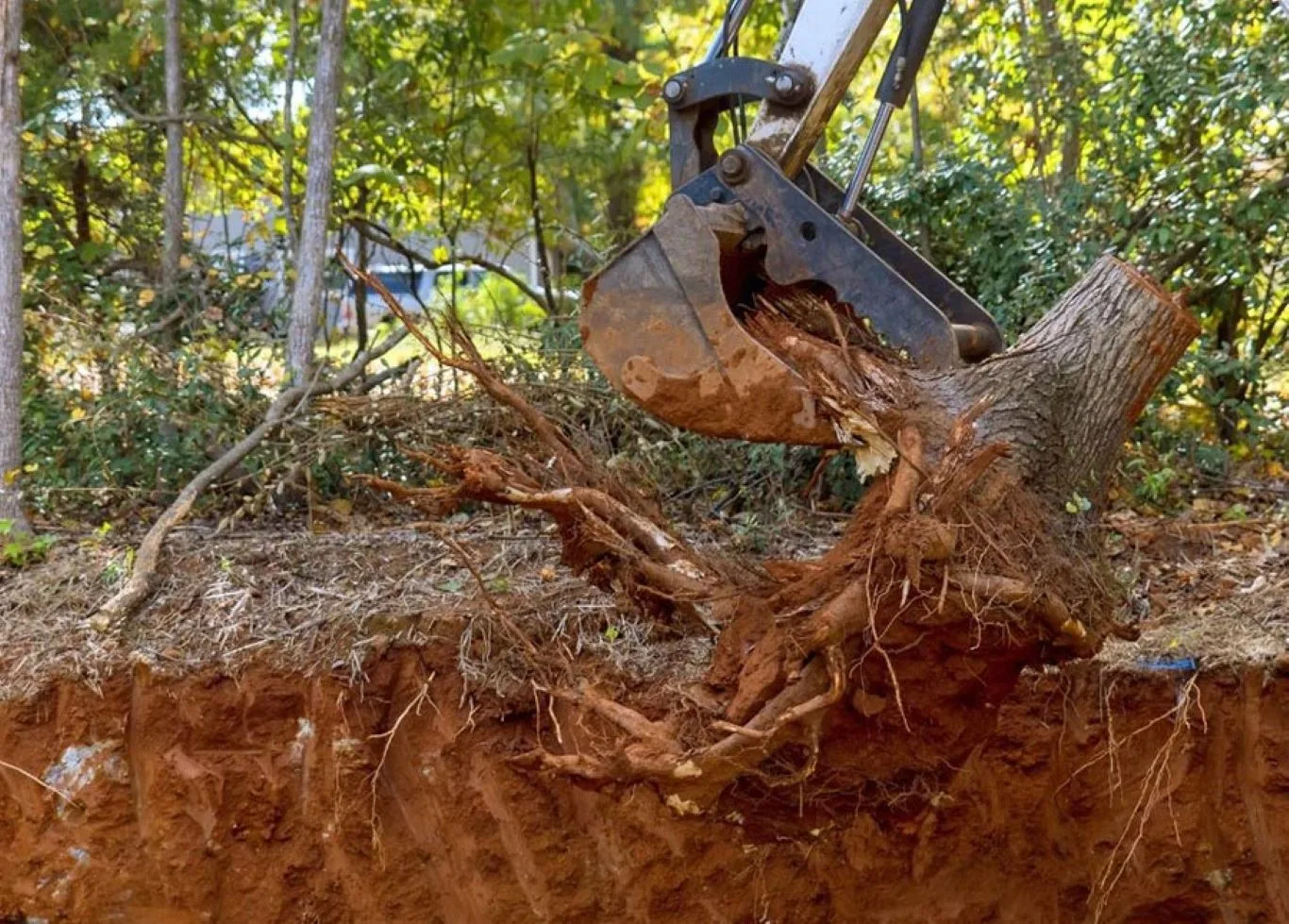Hedges are a popular feature in many British gardens, offering privacy, shelter, and aesthetic value. However, there comes a time when a hedge may need to be removed—whether it's due to overgrowth, disease, redesigning the garden, or resolving disputes with neighbours. Hedge removal may sound straightforward, but in practice, it involves a range of challenges that can complicate the process.
In this article, we’ll explore the most common challenges in hedge removal and explain how professional hedge removal experts manage these obstacles efficiently and safely.
1. Dealing with Extensive Root Systems
One of the biggest challenges of hedge removal is dealing with deep and extensive root systems. Many hedges, especially older and well-established ones, develop a vast underground network of roots that anchor them firmly into the soil.
Why It’s a Problem:
- These roots can intertwine with underground utilities like water pipes or electrical cables.
- They can also spread across property boundaries, potentially damaging neighbouring structures or plants.
How Experts Handle It:
Professional hedge removers begin by conducting a site assessment to map out the hedge's root system and check for nearby utilities using specialist equipment. They use stump grinders or diggers to remove large stumps and roots efficiently, minimising the risk of regrowth. In sensitive areas, manual excavation may be used for precision.
2. Navigating Tight or Difficult Access Areas
Not every hedge is located in an easy-to-access spot. Some are tucked away in tight corners, along narrow garden paths, or close to fences and walls.
Why It’s a Problem:
- Limited space makes it hard to bring in machinery.
- There's a higher risk of damaging surrounding structures or plants during removal.
How Experts Handle It:
Experienced teams use compact or specialised equipment designed for tight spaces. In some cases, hedge sections are removed by hand with saws and loppers to avoid damage. Careful planning and protective measures—like using boards to shield nearby surfaces—ensure that the work is completed cleanly and safely.
3. Tackling Thorny or Dense Hedges
Certain hedge species, like hawthorn or blackthorn, are notorious for their sharp thorns and dense, tangled growth. This makes removal not only difficult but hazardous.
Why It’s a Problem:
- Increases the risk of injury to workers.
- Time-consuming to cut through dense, tangled branches.
How Experts Handle It:
Professionals wear heavy-duty protective gear including gloves, goggles, and reinforced clothing. They also use powered hedge trimmers and chainsaws that can cut through tough, thorny material efficiently. The work is planned in stages to manage and contain the debris effectively.
4. Managing Large-Scale Hedges
Tall and wide hedges, like mature Leylandii, can reach towering heights and become extremely heavy and cumbersome to remove.
Why It’s a Problem:
- Risk of large sections falling unpredictably.
- May require climbing or scaffold use, increasing safety risks.
How Experts Handle It:
Removal of large hedges is typically done in stages from the top down, often using professional climbing gear or scaffolding. Teams are trained in safe felling techniques, and larger sections are roped down to prevent sudden collapses. In some cases, cranes or mechanical lifts may be used to manage particularly large hedges.
5. Environmental and Wildlife Considerations
Hedges are a valuable habitat for birds, small mammals, and insects. Removing a hedge without considering the local wildlife can breach environmental laws, particularly during nesting season (March to August in the UK).
Why It’s a Problem:
- Illegal removal during nesting season can result in fines or legal action.
- Unintentionally destroying wildlife habitats can damage the local ecosystem.
How Experts Handle It:
Ethical hedge removal experts always carry out a wildlife check before starting work. If active nests or protected species are found, work is delayed until the appropriate season. In some cases, they may advise partial removal or relocation of wildlife in collaboration with local environmental authorities.
6. Waste Disposal and Clean-Up
A significant by-product of hedge removal is organic waste. Larger hedges can produce several tonnes of branches, leaves, and roots, which need to be disposed of responsibly.
Why It’s a Problem:
- Many homeowners underestimate the volume of waste.
- Local councils have strict rules on green waste disposal.
How Experts Handle It:
Reputable hedge removal services include waste clearance and recycling as part of their package. They use chippers to break down material into mulch or take the debris to a licensed green waste facility. In eco-conscious setups, some material may be repurposed for composting or garden features.
7. Boundary Disputes and Legal Issues
Hedges often form part of a property's boundary, and disputes can arise over who has the right to remove or alter them.
Why It’s a Problem:
- Risk of legal disputes with neighbours.
- Potential breaches of the High Hedges Act 2005 in the UK.
How Experts Handle It:
Before beginning removal, professionals advise checking the property deeds or consulting a surveyor to clarify boundary ownership. In cases of shared boundaries, they recommend written agreements between neighbours. They are also familiar with local council regulations and can advise on compliance with hedge height and removal laws.
8. Preventing Regrowth
Simply cutting a hedge to ground level doesn't always mean it's gone for good. Many hedge species are resilient and can regrow from roots or stumps.
Why It’s a Problem:
- Ongoing maintenance to control regrowth.
- Potential for invasive growth if left unchecked.
How Experts Handle It:
To prevent regrowth, experts either fully extract the root system or apply approved herbicides to the stumps after cutting. In cases where complete root removal isn’t practical, regular follow-up visits are arranged to monitor and control new shoots until the hedge is fully eradicated.
Conclusion
Hedge removal, while seemingly simple, comes with a host of challenges—from deep root systems and limited access to wildlife considerations and legal complexities. Attempting hedge removal as a DIY project can quickly become overwhelming, time-consuming, and even risky without the right expertise and equipment.
Professional hedge removal experts bring specialist knowledge, advanced tools, and a strategic approach to ensure the job is done efficiently, safely, and in compliance with environmental and legal requirements. Whether you're clearing space for a new garden layout or resolving an overgrowth issue, hiring a professional ensures a smooth and hassle-free experience.
If you're planning to remove a hedge and want it handled with care and precision, consider consulting a trusted local hedge removal service—your garden (and your back!) will thank you.

